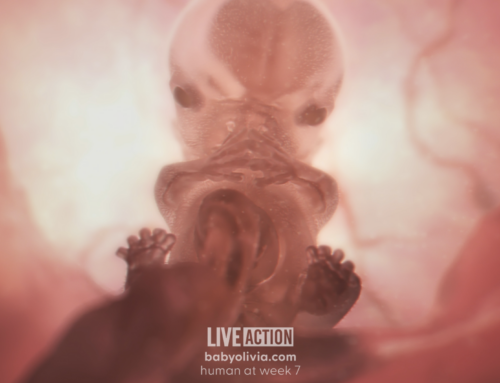We have many non-Christians in Canada. What is the position of Islam on abortion
and euthanasia? L.M. North York.
Doctors at the 1981 International Conference on Islamic Medicine, held in Kuwait, issued
the document. It answers your question.
The Doctor’s Oath
I swear by God…The Almighty
To regard God in carrying out my profession.
To protect human life in all its stages and under all circumstances, doing my utmost
to rescue it from death, malady, pain and anxiety. (emphasis added)
To keep people’s dignity, cover their privacy and lock up their secrets.
To be, all the way, an instrument of God’s mercy, extending my medical care to near and
far, virtuous and sinner, friend and enemy.
To strive in the pursuit of knowledge and harnessing it for the benefit but not the harm of
Mankind…
To revere my teacher, teach my junior, and be a brother to members of the Medical
Profession joined in piety and charity…
To live my Faith in private and in public, avoiding whatever blemishes me in the eyes of
God, His apostle and my fellow Faithful.
And may God be a witness of this Oath.
This oath is the conclusion of an “Islamic Code of Medical Ethics” drawn up largely
under the initiative of Professor Hassan Hathout, an Egyptian gynecologist of the
University of Kuwait. The whole code was much admired by the Vatican Secretariat for
non-Christians.
Apart from its use in Parkinson’s Disease, what other uses are made of fetal tissue?
L.M. Ottawa
For many years now pharmaceutical and biotechnological companies have used fetal
tissue to develop vaccines and to test the safety of new products. For example, the polio
vaccine was developed in the 1950s using fetal tissue. It is also used in the investigation
of viruses, e.g., influenza, HIV, measles, and hepatitis B. For the last twenty years fetal-
thymus transplants have been used in the treatment of a very rare condition, the Di
George’s syndrome.
More recently, and following extensive research on animals, there have been clinical
trials on transplantation of fetal cells or tissue into patients with Parkinson’s disease, and
those with diabetes mellitus Type I (juvenile and insulin dependent). The results of
attempts to treat diabetic patients by transplantation of fetal-pancreatic tissues have been
very disappointing, according to reports, for they did not follow earlier promising results
on animals.
A third group of speculative uses for fetal tissue includes treatment for leukemia, AIDS,
Alzheimer’s and radiation poisoning, but any research is in the initial stage, and many
ideas are of the “what if?” category. It should be noted that Canada has no public policy
governing the use of fetal tissue.
Roe v. Wade is in the news. Has the U.S. Supreme Court ever reversed any of its
decisions? J.C. Toronto
For years many people tried to overturn the Plessy judgment (1896) in which the Court
upheld a Louisiana law requiring separate accommodation on railways for black and
white passengers. Their efforts succeeded in 1954 in the Brown v. Board of Education
case which overturned school segregation laws. The judgment overruled not only Plessy
but (quite inadvertently) all other segregation laws. It is estimated that over the years
about 100 judgments of the Court have been overruled by later Courts.
Has Congress ever attempted to limit the power of the U.S. Supreme Court? J.C.
Toronto
Individuals have wanted to do so. When the Court struck down a number of bills in the
New Deal legislation in the 1930s, Roosevelt threatened to pack the Court. A more
interesting attempt was a proposal, by a Senator LaFollette, for a constitutional
amendment which would have allowed a tow-thirds majority vote of the Senate to strike
down a U.S. Supreme Court judgment.
What does one say to the pregnant girl who says she does not want to be a mother?
V.R. Stratford
She already is a mother. One of Canada’s strongest pro-life doctors was the late Dr.
Dawne Jubb, a pioneer in neo-natal care. She wrote: “The female who is pregnant is thus
already a parent providing for her offspring. The very changes in her physiology, which
when noted can establish that the pregnancy is there, are actually a measure of the
support and protection she is already (willingly or unwillingly, aware or unaware) giving
to the new life. She no longer has the choice of being or not being a parent – she already
is a mother, and if at any time in its existence, intra uterine or extra uterine, the new life
dies, the fact of her motherhood does not cease; she becomes the mother of a dead
offspring rather than a living one.”




